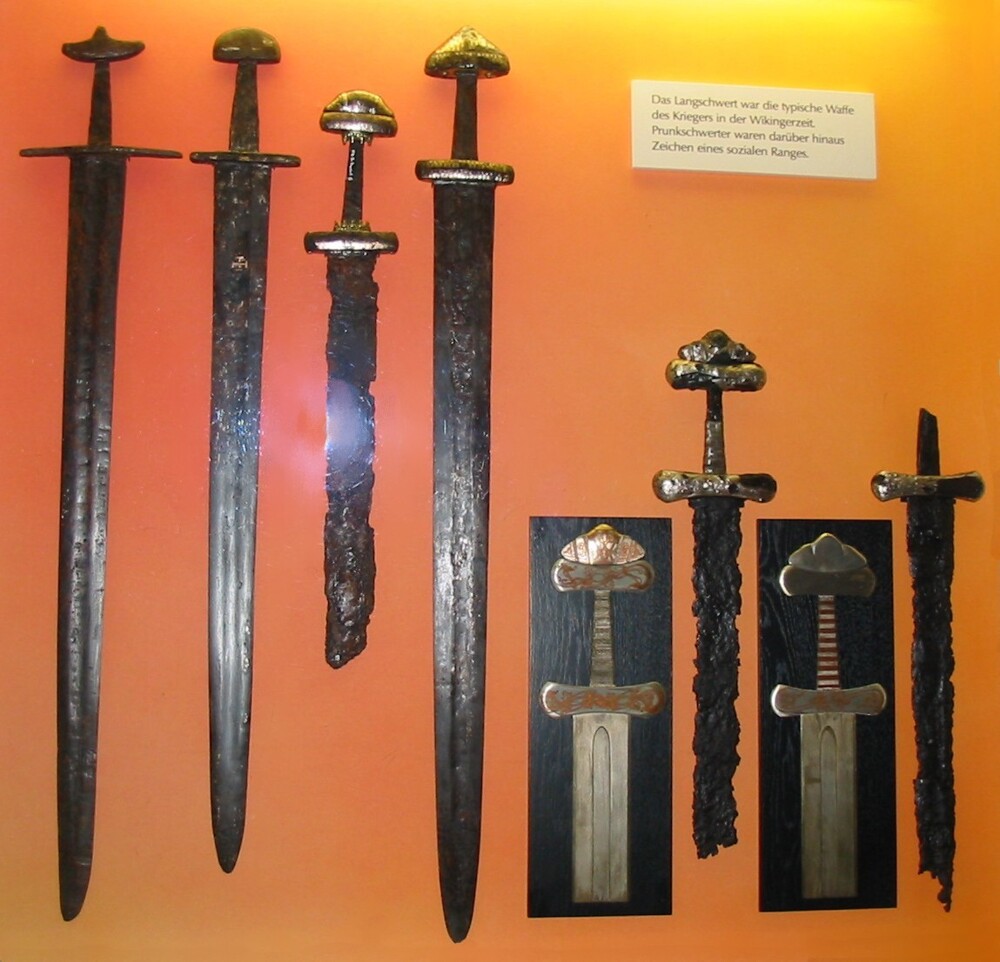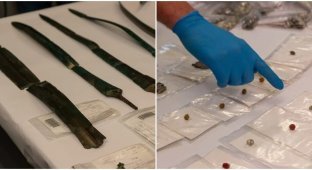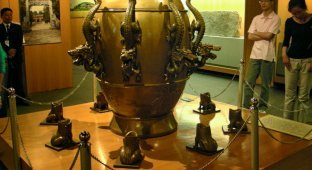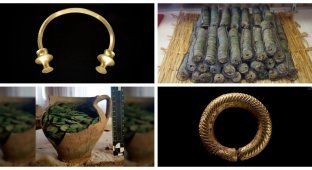In Poland, Ulfbert's sword was found at the bottom of a river in excellent condition (5 photos + 1 video)
During dredging work on the Vistula River in the city of Wloclawek, an iron sword with the mark “+VLFBERHT+” on the blade was discovered. This is the so-called Ulfbert sword from the Viking Age. In total, about 170 swords with this mark were found. The find, caught from the Vistula, is notable for its excellent preservation. 
Ulfbert's sword is a Carolingian type sword, straight, double-edged. The guard is usually straight and short. Made from crucible steel with a high carbon content - up to 1.2%.
After handing the sword over to researchers from Nicolaus Copernicus University in Toruń, archaeologists took an X-ray and dated the weapon to before 950 AD. They also discovered the classic "+VLFBERHT+" stamp. Only eight such swords are known in Poland, and only 170 in the rest of Europe. 
Made using technology unknown to the Vikings' rivals, the Ulfberht sword was a revolutionary high-tech blade and is considered one of the greatest swords in history.
Ulfbert's swords were renowned for their strength, flexibility and sharpness and were highly prized by Viking warriors. 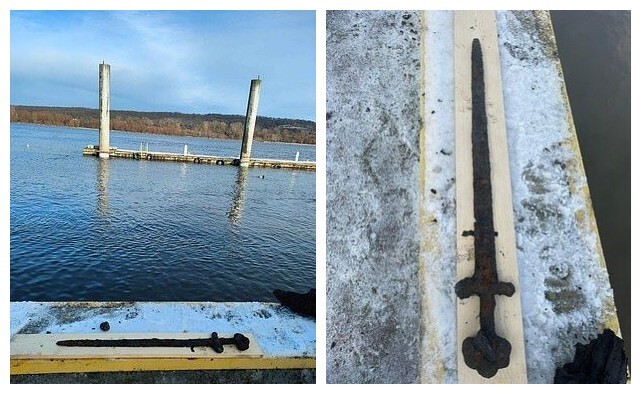
According to experts, this is an extremely valuable find. This is a classic Ulfbert sword made of carbon steel, very durable and flexible. Having lain in the silt for more than a thousand years, it is perfectly preserved.” 
Ulfbert's sword in the Historical Museum in Kazan, Tatarstan
Since more than 40 similar swords have been found in Norway, it is now widely assumed that the recent find also dates back to the Viking Age. But Polish experts believe that it is necessary to wait for the results of a more detailed study. In the meantime, the sword is in urgent need of conservation; it is a very valuable and delicate item.
Here's a Viking sword found in Norway
Swords in the Viking Age
According to Viking law, all free people had to own weapons, and these were mainly spears, swords and battle axes. They were used in combat, but also as a status symbol, and the handles were often finely decorated with silver, copper and bronze. Swords were the most expensive to make and served as a sign of high status.
Some of the earliest Viking blades were created using a technique known as pattern welding, which involved forging wrought iron and mild steel. Later blades were marked with special markings believed to be the name of the maker, such as Ulfbert.
About 170 Ulfberhts have been found, dating back to 800-1000 AD, and they are made of metal of such purity that it has puzzled archaeologists. What is surprising is that the technology required to forge such a metal was not invented until 800 years or more later, during the Industrial Revolution.
